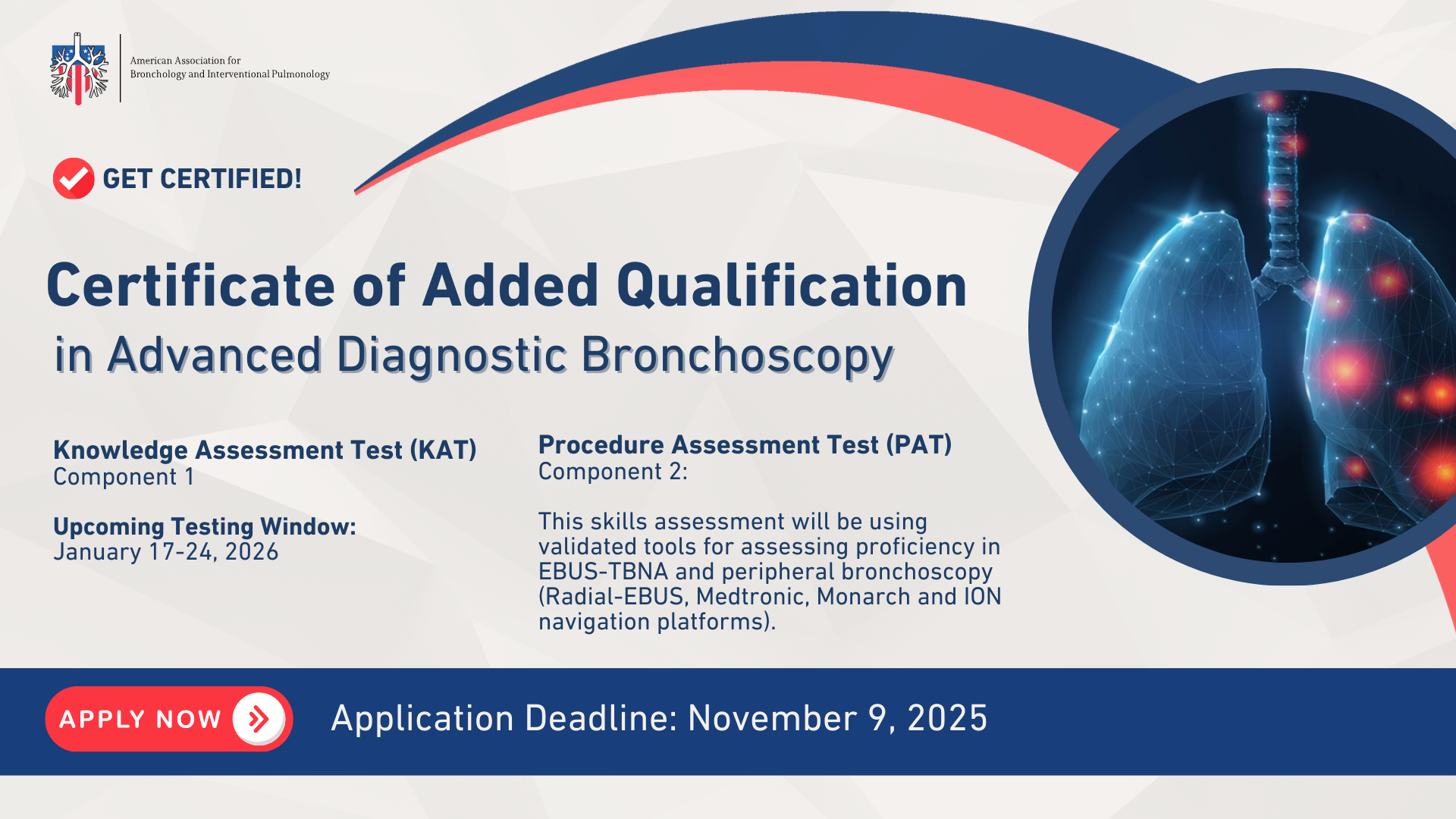https://www.ncbi.nlm.nih.gov/pubmed/28864054
Clinical Trial
Reference: Ost DE, Niu J, Zhao H, Grosu HB, Giordano SH. Quality Gaps and Comparative Effectiveness of Management Strategies for Recurrent Malignant Pleural Effusions. Chest. 2018;153(2):438-452.
Background: There are several guidelines for the management of MPE which recommend definitive procedures over repeat thoracentesis. This study sought to evaluate whether not patients received guideline consistent care and how this affected number of procedures and complications.
PICO:
Populations:
- Patients 66 to 90 years of age with a primary cancer diagnosis and MPE being evaluated for a second pleural procedure within 2 weeks of the first thoracentesis
Intervention:
- Guideline consistent care:
- Definitive pleural procedure
Comparison:
- Guideline inconsistent care:
- Repeat thoracentesis
Outcome:
- Primary outcome:
- Whether or not patients received guideline consistent care for the management of a recurrent MPE – 24% of patients alive after 30 days that experienced a recurrence requiring a second intervention prior to 14 days received a definitive procedure
- Secondary outcomes:
- Number of subsequent pleural procedures – patients receiving a definitive procedure required fewer repeat pleural procedures when compared to repeat thoracentesis group
- Pneumothorax related to pleural procedures – total incidence of pneumothoraces per patient was lower in the definitive procedure group when compared to repeat thoracentesis group
- Site of service – patients receiving a definitive procedure required fewer subsequent inpatient and ED procedures than patients receiving a repeat thoracentesis
- Inpatient days associated with pleural procedures – patients with IPC or repeat thoracentesis as the second procedure had fewer inpatient days than patients receiving chest tube or thoracoscopic pleurodesis
Take Home: This study determined performing a definitive procedure in accordance with guideline consistent care rather than repeating a thoracentesis was associated with fewer subsequent procedures and complications in patients with recurrent MPE.
Quality-adjusted survival following treatment of malignant pleural effusions with indwelling pleural catheters
https://www.ncbi.nlm.nih.gov/pubmed/24480929
Clinical Trial
Reference: Ost DE, Jimenez CA, Lei X, et al. Quality-adjusted survival following treatment of malignant pleural effusions with indwelling pleural catheters. Chest. 2014;145(6):1347-1356.
Background: This study evaluated quality adjusted survival following IPC placement in patients with a recurrent MPE
PICO:
Populations:
- Adult patients undergoing IPC placement for management of a symptomatic MPE
- Excluded patients with: previously attempted pleurodesis, previous IPC placement, chylous effusions, pleural space infection, bilateral effusions requiring interventions or respiratory failure requiring mechanical ventilation
Intervention:
Comparison:
Outcome:
- Quality-adjusted survival expressed in quality-adjusted life days – Median was 95.1 QALDs
- Self-reported global quality of life measured by the SF-6D
- Utilities calculated with the SF-6D – No significant difference in utility at 1 month after IPC placement compared to baseline
- Dyspnea measured by the Borg score – Significantly improved at 1 month when compared to baseline
- Performance status measured by the ECOG
- Complications – 9.7% of patients had a complication with median time to complication being 1.4 months. No factor had a significant impact on time to any complication or catheter removal
- Reasons for catheter removal
Take Home: This study showed IPC placement significantly improves dyspnea in patients with recurrent, symptomatic MPE, but the improvement in utility was not as significant. Patients receiving chemotherapy or radiation after IPC placement and those with worse baseline shortness of breath experience greater improvements in utility.
AABIP Evidence-informed Guidelines and Expert Panel Report for the Management of Indwelling Pleural Catheters
https://pubmed.ncbi.nlm.nih.gov/32804745/
Guideline
Reference: Miller RJ, Chrissian AA, Lee YCG, et al. Aabip evidence-informed guidelines and expert panel report for the management of indwelling pleural catheters. J Bronchology Interv Pulmonol. 2020;27(4):229-245.
Summary: This is a consensus-based statement regarding the management of patients with indwelling pleural catheters based on current evidence. Topics addressed include: drainage frequency to achieve pleurodesis or catheter removal, drainage frequency in the presence of trapped lung, clinic follow-up, management of catheter obstruction, catheter related infections (pleural space infections, cellulitis, and exit site infections), and management of the catheter during chemotherapy.






